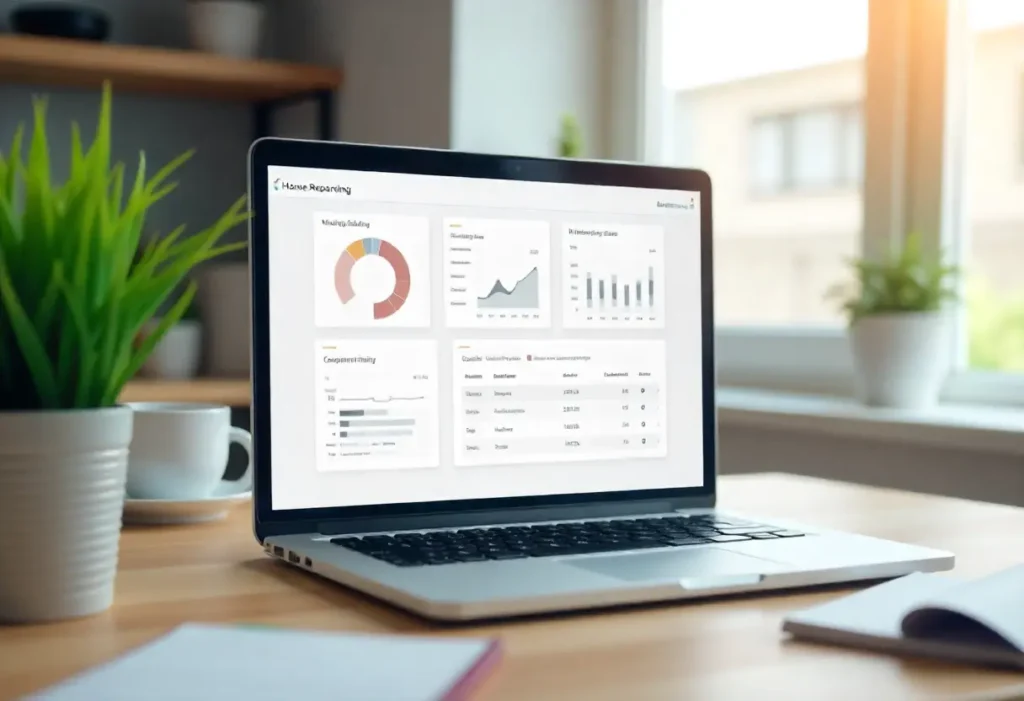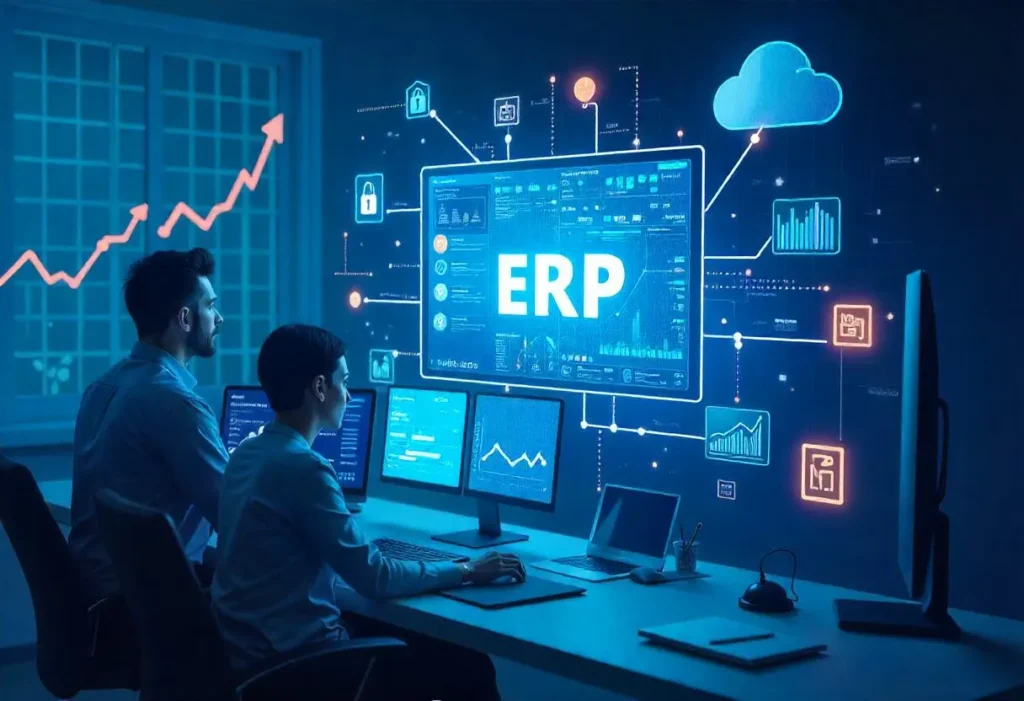Outsourced ERP Support: A Game-Changer for Mid-Sized Enterprises
For mid-sized enterprises, agility, efficiency, and scalability are not just buzzwords — they are survival strategies in an increasingly competitive market. Enterprise Resource Planning (ERP) systems like Microsoft Dynamics 365 Business Central and Dynamics 365 Finance & Operations have become essential tools for streamlining operations, enhancing productivity, and driving data-driven decision-making. However, managing ERP systems in-house can be challenging and costly. From ongoing maintenance to upgrades, troubleshooting, and user training, ERP demands specialized expertise. This is where outsourced ERP support steps in as a true game-changer. In states like Texas, where manufacturing, distribution, and professional services industries are thriving, mid-sized businesses are increasingly turning to a Microsoft Dynamics 365 partner in Texas, USA to ensure their ERP systems deliver maximum value — without overburdening internal IT teams. What is Outsourced ERP Support? Outsourced ERP support involves partnering with a third-party provider, often a certified Microsoft Dynamics 365 partner in Texas, USA, to manage, maintain, and optimize your ERP system. This can include: Instead of relying solely on in-house resources, businesses can leverage the expertise of seasoned ERP specialists who have worked across multiple industries and project scales. Why Mid-Sized Enterprises Benefit from Outsourced ERP Support 1. Cost Efficiency Hiring a full-time ERP support team can be expensive, especially for mid-sized companies. Outsourcing allows businesses to pay only for the services they need, avoiding the overhead costs of full-time staff. 2. Access to Expertise ERP systems like Dynamics 365 are powerful but complex. A certified Microsoft Dynamics 365 partner in Texas, USA, brings deep technical knowledge and best practices, ensuring your system is configured and maintained for optimal performance. 3. Faster Problem Resolution Downtime can be costly. With outsourced ERP support, issues are addressed quickly by experienced professionals who can diagnose and resolve problems efficiently. 4. Scalability As your business grows, your ERP needs will evolve. Outsourced providers can scale their services to match your growth — whether you’re expanding into new markets, adding users, or implementing new modules. 5. Strategic Focus By outsourcing ERP support, your internal teams can focus on strategic initiatives rather than day-to-day troubleshooting and maintenance. ERP Migration & Implementation: Key Areas Where Outsourced Support Shines ERP Migration Services in Texas, USA ERP migration is one of the most complex projects a mid-sized enterprise can undertake. Whether you’re moving from on-premises to cloud or upgrading from a legacy system, outsourced experts can handle: With professional ERP Migration Services in Texas, USA, businesses can avoid common pitfalls such as data loss, extended downtime, and budget overruns. ERP Implementation Services in Texas, USA When implementing a new ERP system, precision and planning are critical. Outsourced providers offer: By using ERP Implementation Services in Texas, USA, mid-sized enterprises can go live faster, reduce disruptions, and ensure user adoption from day one. Outsourcing in Action: Dynamics GP to Business Central Upgrades Many businesses across the USA are still running older versions of Microsoft Dynamics GP. While GP has served companies well for decades, it lacks the modern features, mobility, and AI capabilities of Dynamics 365 Business Central. Outsourced ERP partners specializing in Dynamics GP to Dynamics 365 Business Central Upgrade in the USA can manage the entire process: This ensures a smooth transition, minimal downtime, and immediate ROI through improved efficiency and capabilities. How Outsourced ERP Support Improves ROI Outsourcing is not just about cost savings — it’s about maximizing return on investment. Benefits include: Choosing the Right Microsoft Dynamics 365 Partner in Texas, USA Not all ERP support providers are created equal. When selecting a partner, look for: Case Study: A Texas Manufacturer’s ERP Transformation A mid-sized manufacturer in Dallas, Texas, struggled with outdated ERP processes using Dynamics GP. They partnered with a Microsoft Dynamics 365 partner in Texas, USA, for a full Dynamics GP to Dynamics 365 Business Central Upgrade in the USA. Results: The Future of ERP Support: Hybrid Models Some mid-sized enterprises opt for a hybrid model — maintaining a small in-house ERP team while outsourcing specialized or high-level tasks to a partner. This approach combines in-house control with external expertise, giving businesses flexibility and control over costs. Conclusion For mid-sized enterprises, outsourced ERP support offers a winning combination of expertise, cost savings, and scalability. Whether you’re planning a Dynamics GP to Dynamics 365 Business Central Upgrade in the USA, need ERP Migration Services in Texas, USA, or are starting fresh with ERP Implementation Services in Texas, USA, partnering with an experienced Microsoft Dynamics 365 partner in Texas, USA can transform your ERP from a basic tool into a strategic asset. By outsourcing, businesses can focus on what they do best — innovating, serving customers, and growing — while leaving the complexities of ERP management to the experts. FAQs Q1: What are the main advantages of outsourcing ERP support?Ans: Outsourcing provides cost efficiency, access to expert knowledge, faster issue resolution, scalability, and allows internal teams to focus on core business activities. Q 2: How long does a Dynamics GP to Business Central upgrade take?Ans: On average, the process takes 2–6 months, depending on data complexity, customizations, and user training requirements. Q 3: Is ERP migration risky for mid-sized companies?Ans: ERP migration can be risky if not managed properly. Partnering with a certified provider offering ERP Migration Services in Texas, USA, minimizes these risks. Q 4: What industries benefit most from outsourced ERP support?Ans: Manufacturing, distribution, retail, professional services, and healthcare sectors often see the most value. Q5: Can I outsource just part of my ERP support?Ans: Yes. Many businesses use a hybrid model, keeping some support functions in-house while outsourcing more complex tasks.
Outsourced ERP Support: A Game-Changer for Mid-Sized Enterprises Read More »












